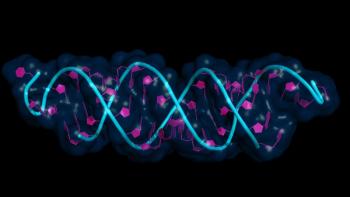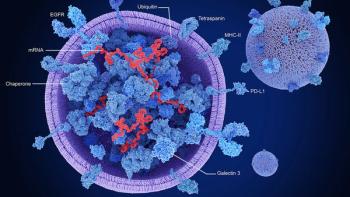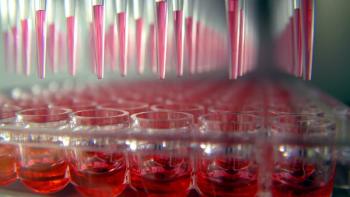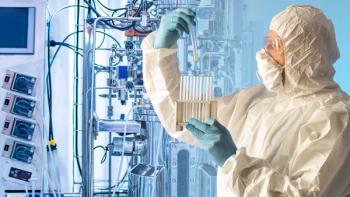
Modern Manufacturing Required for Breakthrough Drugs
FDA’s breakthrough drug initiative is more popular and successful than ever.
FDA’s breakthrough drug initiative is more popular and successful than ever envisioned when it was established in 2012, spurring access to dozens of critical new medicines and actually accelerating clinical development of highly promising new therapies. It also has required FDA to process hundreds of requests from manufacturers to join the program, and biopharma companies to invest in clinical testing and process development earlier in the R&D process.
FDA has granted breakthrough status to more than 100 experimental therapies, approximately one-third of the more than 300 breakthrough designation requests (BTDRs) submitted by manufacturers. That has helped bring some 40 new drugs and biologics to market; most recently the agency
The program has not just sped up approvals, as with other FDA expedited options, it has actually reduced development times for breakthroughs. A
Such an achievement was applauded by Janet Woodcock, director of the Center for Drug Evaluation and Research (CDER), at a Congressional briefing on breakthrough therapies sponsored by FOCR on April 12, 2016. She and others noted that more streamlined clinical testing has been helped by the additional assistance provided by FDA reviewers to sponsors in designing efficient development programs, often with shorter, smaller clinical trials; FDA has agreed in several cases that a single arm trial with fairly few patients may suffice if treatment effect appears very large.
Production hurdles
Woodcock and others also noted the importance of adopting more modern and efficient drug manufacturing processes for breakthrough drugs, as accelerated product development means that manufacturers have less time to refine processes. Mathias Hukkelhoven, senior vice-president for global regulatory at Bristol-Myers Squibb, pointed out that the need to start scale-up and chemistry, manufacturing, and controls (CMC) work much earlier for drugs granted the breakthrough designation requires a “real investment” upfront.
While biopharmaceutical manufacturers always have to demonstrate that they can make a quality product reliably, for breakthroughs some CMC analysis and process validation may be done post-approval. More flexibility in stability testing also has become common for breakthrough products, as these usually involve small batches that are consumed very quickly, reducing the need upfront for two-year stability profiles that support long dating periods.
Achieving more streamlined product development for breakthroughs and other complex biopharmaceuticals is prompting a shift away from batch processing to continuous manufacturing approaches, especially for small molecules, noted Woodcock. Continuous bioprocessing for biologics is “still in its infancy,” she observed, but FDA is working with industry to move forward in this area.
Newsletter
Stay at the forefront of biopharmaceutical innovation—subscribe to BioPharm International for expert insights on drug development, manufacturing, compliance, and more.





